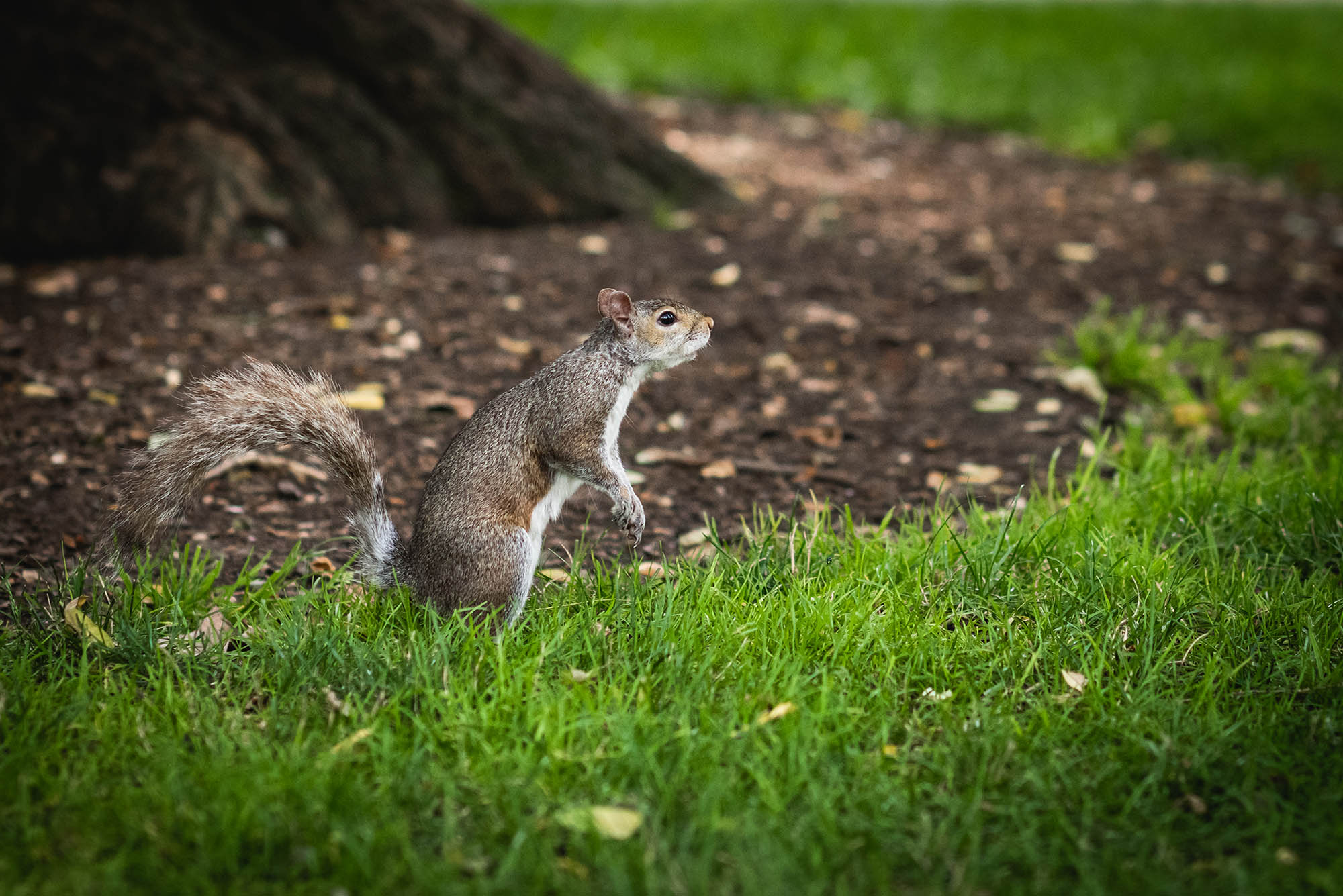Video: There’s Something Squirrelly about This Class
In this video, CAS Animal Behavior class students get a chance to observe squirrels and birds up close in outdoor labs
There’s Something Squirrelly about This Class
There’s Something Squirrelly about This Class
On a recent summer afternoon, a handful of BU students gather in the Boston Public Garden. Unlike the tourists, lined up for a ride on Boston’s iconic Swan Boats and enjoying the formal flower beds, these Terriers are intently gazing at one of the park’s most popular residents—the squirrels that make the 75-acre Public Garden and adjoining Boston Common—home.
They had traveled downtown for an outdoor lab for their CAS BI 407/607 Animal Behavior class, taught by Fred Wasserman, a College of Arts & Sciences associate professor of biology. On this day, teaching assistant Abby Robinson (GRS’27,’27) is leading a series of experiments enabling them to study the squirrels’ vigilance—namely, how closely the animals would allow a group of people to approach.
The lab was designed to give the students a chance to observe how the park’s squirrels monitor their surroundings for potential threats. Armed with beanbags and measuring tape, the students stealthily approach the animals in groups of one, two, or three to determine whether a group’s size would affect how closely they could approach the squirrels. Using a beanbag and measuring tape, they then measure the animals’ flight initiation distance (FID) (how close an organism, usually a human, can approach an animal before it flees). Students measured the FID by dropping a beanbag where they stopped, then measuring the distance between the beanbag and the squirrel’s spot when it fled.
“As an outsider, it would be odd seeing a bunch of college students approaching squirrels and dropping beanbags,” says Amy Liu (CAS’23).
“I never would have expected to be going out into a garden and chasing squirrels for one of my science labs in college,” Veery Sawhney (CAS’23) says. “It’s a very unique experience.”
Perhaps not surprisingly, what Sawhney and the other students discovered is that the squirrels in the Boston Public Garden, so used to being fed by tourists, seem completely unfazed by the students approaching them.
“They showed no fear at all,” Sawhney says. “We got within centimeters and they were just staring us down.”
Among several student takeaways: city squirrels are quite used to humans and the FIDs were considerably smaller than that of squirrels in, say, a remote forest.
Watch the video to learn more about this unique lab.

Comments & Discussion
Boston University moderates comments to facilitate an informed, substantive, civil conversation. Abusive, profane, self-promotional, misleading, incoherent or off-topic comments will be rejected. Moderators are staffed during regular business hours (EST) and can only accept comments written in English. Statistics or facts must include a citation or a link to the citation.